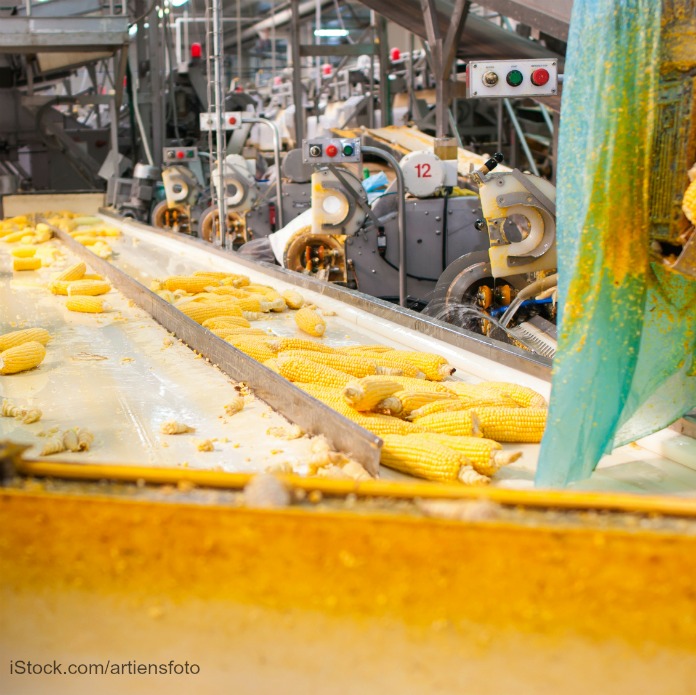The FDA has proposed a new rule for food traceability to help control food poisoning outbreaks. The proposal is part of the Food Safety Modernization Act of 2011. The additional traceability record keeping requirements may help “prevent or mitigate foodborne illness outbreaks and addresses credible threats of serious adverse health consequences or death.” The rule is a key element of the FDA’s New Era of Smarter Food Safety Blueprint.

The key part of this rule is the requirement that food manufacturers, processors, packers, and distributors must establish and maintain records that contain Key Data Elements (KDEs) associated with different Critical Tracking Events (CTEs). The requirements only apply to foods on the Food Traceability List (FTL), but are designed to work for all FDA-regulated foods. The government is encouraging the entire food industry to voluntarily adapt these practices.
The foods that are on the list include cheeses other than hard cheese, shell eggs, nut butter, cucumbers, fresh herbs, leafy greens, melons, peppers, sprouts, tomatoes, tropical tree fruits, fresh-cut fruits and vegetables, finfish including smoked finfish, crustaceans, mollusks and bivalves, and ready-to-eat deli salads. All of these foods have been linked to multistate food poisoning outbreaks in the past few years.
The problem with traceability has been highlighted by the several multi state E. coli O157:H7 outbreaks linked to leafy greens, particularly romaine lettuce, in the past few years. Most often, government officials are unable to pinpoint where the contaminated greens were grown, and only mention a growing area or region. That means that once officials learn of an outbreak, they have not been able to announce recalls or shut down a producer or processor, but can only issue blanket recommendations to consumers, such as the recommendation to avoid all romaine lettuce after the spring 2018 outbreak.
The rule identifies growing, receiving, transforming, creating, and shipping as the key data elements that must be recorded. And the records required at each critical tracking event would need to contain and link the traceability lot code of the food.
And the traceability records would have to include a description of the reference records on which the firm maintains the data elements. The records would be maintained as original paper records, electronic records, or tru copies. And they must be given to the FDA no longer than 24 hours after the government makes a request for them.
Some facilities and processors are exempted from these requirements. They include farms that have no more than $25,000 in average annual produce sales; shell egg producers with fewer than 3,000 laying eggs; and other originators of food whose average annual sales of food over three years was no more than $25,000. In addition, farms that sell directly to consumers are exempt, as well as foods that are “Rarely Consumed Raw,” in the Produce Safety Rule. And transporters of food on the Food Traceability List are exempted, as well as some foods packaged on a farm, and food that is processed in certain ways.
We’ll see how this new rule for food traceability works. We should know more when the next several food poisoning outbreaks occur.




